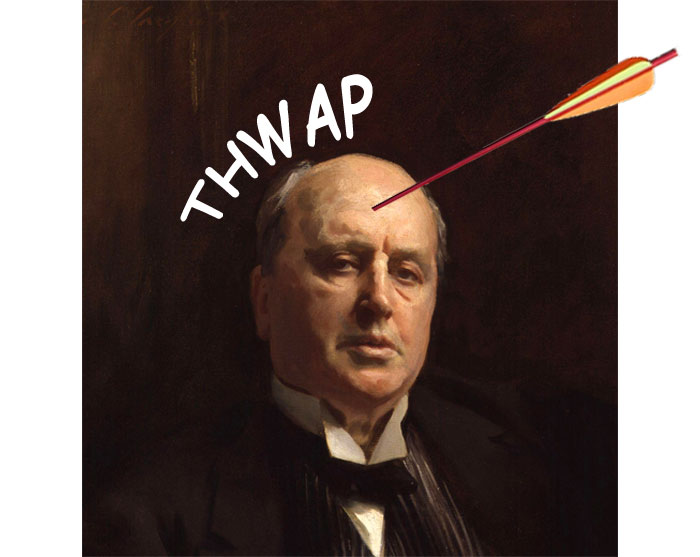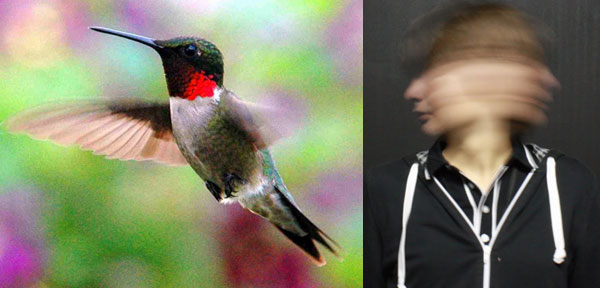First, some definitions. If you’ve been to art school you should know the difference between formal and informal composition. Formal composition is symmetrical while informal is, you guessed it, asymmetrical.
What is the most striking thing about the image below?
It’ has a lot going for it: very beautiful saturated colors, nice textures, vibrant light and color mixtures. But what stands out most is that the horizon line is dead center. The symmetry of this equal division draws attention to itself. We could call this a formal horizon line. As a composition it confuses the viewer because we don’t know what the picture is about. Is it about the prairie? Is it about the sky? Is it about the formal composition?
These images below don’t leave the viewer with any of these 3 questions.
We immediately know one is about the sky and the other is about the prairie. And notice, that even though we would call these informal horizon lines, we don’t ask if the composition is the point. Why? Because informality is our natural default. We expect it. But formality is intentional, and we take notice when something is intentional.
Take this famous portrait of Henry James by John Singer Sargent.
The composition is nicely balanced, but informal. Let’s make it a formal composition.
Here his head is dead center, like a dot in the center of a square. It looks like a portrait, but the composition is so intentionally centered that draws attention to itself and asks us to think about it. Same portrait, different feeling. Now it feels like a bullseye.
What’s the point of all this? Here’s the point: Anything involving formal composition draws attention to itself. The viewer becomes conscious of these formal elements of symmetry, alignment and parallel notes — and these things distract from the purpose of the composition if it was not intended to be formal.
Now, let’s apply this to character facial animation as formal eye position and informal eye position. Do the following images contain formal or informal eye direction?
These are examples of formal eye direction. Intense action toward something, watching TV, driving, or a mug shot are all examples of formal eye direction. What makes them formal is that the orientation of the eye is exactly the orientation of the head, either vertically, horizontally, or both. When both the eye and the head are in the exact same orientation it calls attention to itself just as a formal composition would.
Informal eye direction is relaxed and feels more natural, and much more interesting.
Why do these seem more natural? Because our eyes are never at rest. They are constantly moving, drinking in large swaths of visual information. The eye is as energetic as a humming bird. If our heads moved with our every eye movement we would look like we had some sort of nervous system disorder.
What this means is that more often than not our eyes will not be at formal eye direction. Formal eye direction is intentional, and rarely accidental. Within the 130 degrees of our comfortable eye range the formal range is less than 10 percent of that.
The take-away for animators is that we must use formal eye direction for a reason. It must be intentional. Don’t let your animated characters be in the formal eye range just out of negligence. It should only be there because we have chosen to put it there. Perhaps in a future rig we could script in a red warning flag to appear when an eye position is keyframed in the formal position.
Be purposeful in your formal eye directions, not accidental.









